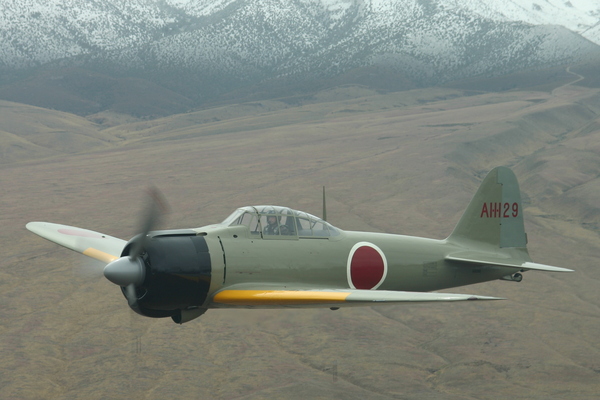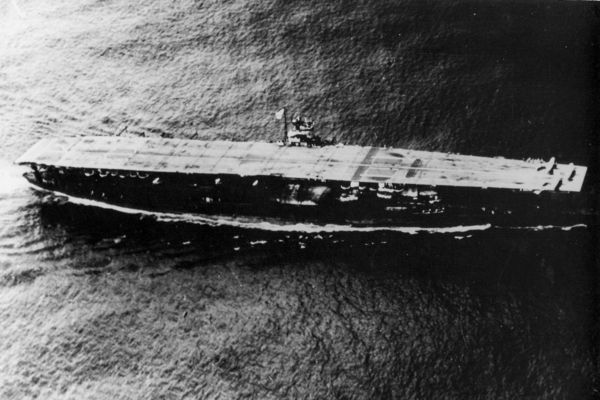

Welcome to Carrier-based aircrafts
The Mitsubishi Zero and A7M Reppu: Icons of Japanese Carrier-Based Aviation
Carrier-based aircraft were pivotal in shaping naval warfare during World War II, and among Japan's contributions, the Mitsubishi A6M Zero and A7M Reppu stand as icons of innovation and strategy. These aircraft, designed for the Imperial Japanese Navy, represent the peak of Japan's aeronautical engineering during a time of global conflict, each with its own story of success, challenges, and technological evolution.
The Mitsubishi A6M Zero: A Revolution in Aerial Combat
Introduced in 1940, the Mitsubishi A6M Zero was a groundbreaking design that redefined the role of carrier-based fighters. Lightweight, agile, and equipped with exceptional range, the Zero outperformed its contemporaries in the early stages of the Pacific War. Pilots praised its maneuverability, which allowed it to outmatch heavier Allied fighters in dogfights. Its range of over 3,000 kilometers enabled it to cover vast expanses of the Pacific, making it a critical tool for Japan's early offensive strategies. However, the Zero's strengths also came with weaknesses. Its lightweight design left little room for armor or self-sealing fuel tanks, making it vulnerable to damage in prolonged engagements. As the war progressed, Allied aircraft such as the Grumman F6F Hellcat and Vought F4U Corsair began to outclass the Zero in speed, firepower, and survivability, signaling a shift in air superiority. Despite this, the Zero's legacy endures as a symbol of Japan’s ingenuity and a benchmark for early World War II carrier fighters.
The Mitsubishi A7M Reppu: The Successor That Could Have Been
As the war dragged on and the Zero's dominance waned, Japan sought a successor capable of restoring its aerial superiority. The Mitsubishi A7M Reppu, also known as the "Strong Gale," was designed to address the Zero's shortcomings. With a more powerful engine, heavier armament, and improved speed and durability, the Reppu aimed to compete with advanced Allied fighters.
Legends of the Sky and Sea
Together, the Mitsubishi Zero and A7M Reppu encapsulate the story of Japan’s efforts to dominate the skies during World War II. The Zero, with its early war brilliance, and the Reppu, with its untapped promise, serve as enduring reminders of the strategic and technological challenges faced by Japan’s aviation industry.
In the world of carrier-based aviation, these aircraft stand as symbols of both triumph and struggle, offering valuable lessons on innovation, adaptation, and the limits of wartime engineering. Whether remembered for their dominance or their potential, the Zero and Reppu remain integral to the narrative of Japanese carrier-based aircraft history.